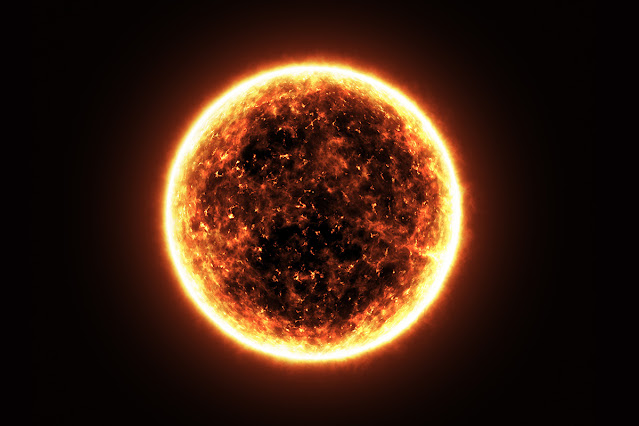We are not going to cover the SUN , We are going to build the SUN .
South Korea's magnetic fusion device, the Korea Superconducting Tokamak Advanced Research, or KSTAR, has set a new world record, reaching an ion temperature of over 100 million degrees Celsius for a record 20 seconds.
The device has set a new world record for fusion when compared to the core of the sun, which burns at only 15 million degrees Celsius.
Harnessing the power of nuclear fusion has been the vision of researchers since the early 20th century but had over time proved to be a tough riddle to crack. Nuclear fusion works by integrating two atomic nuclei into a larger nucleus to release energy, promising to release more energy than it consumes.
Referred to as Korea's "artificial sun", the KSTAR, a superconducting fusion device, uses magnetic fields to produce and stabilise super-hot plasma, with the end goal of making nuclear fusion power a reality, which is possibly a limitless source of clean energy that could revamp the way we power our lives, given we can get it to work as intended.
As per reports, a team of South Korean physicists used KSTAR for the experiment, wherein they obtained a plasma from hydrogen, consisting of hot ions that surpassed the 100 million degrees Celsius temperature.
In order to retain the ions, it is essential to maintain extremely high temperatures. The scientists created a world record by igniting this nuclear fusion reactor and maintaining the high-temperature plasma for 20 seconds reaching an ion temperature of over 100 million degrees Celsius.
The KSTAR, placed at the Korean Institute of Fusion Energy (KFE), is a joint research project with Seoul National University (SNU) and Columbia University of the US, which achieved this milestone on November 24.
As per another report, Si-Woo Yoon, Director, KSTAR Research Center said, "The technologies required for long operations of 100 million plasma are the key to the realisation of fusion energy, and KSTAR's success in maintaining the plasma of high temperature for 20 seconds will be a major turning point in the race to secure technologies for the long-term operation of high-performance plasma, a critical component of a commercial nuclear fusion reactor in the future."
KFE, according to the report, aims to achieve fusion ignition for 300 seconds at a time by 2025. The institute achieved its first fusion in 2008.
Thanks for reading .
